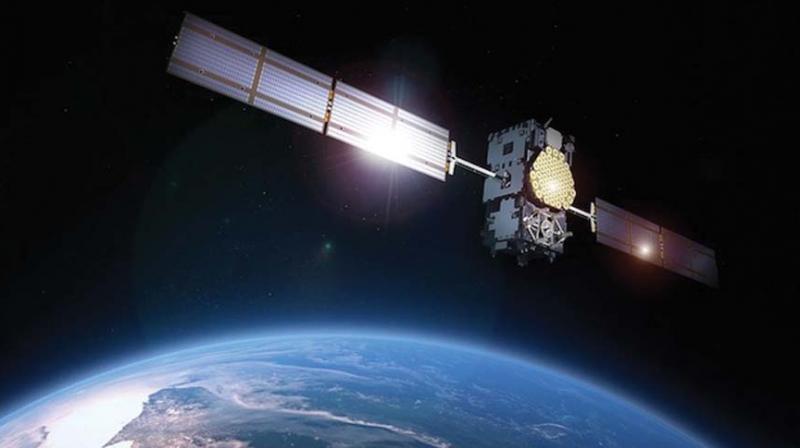India needs 75 new satellites in next 4 years: Isro scientist

KRISHNAGIRI: The deputy director of the ISRO’s satellite center S.V.Sharma on Saturday said there is a need of 75 new satellites in next four years as the requirement for the space-based research and application increases in the country.
He was in Hosur in Krishnagiri district to inaugu rate a science exhibition of students, ‘MARS 2017’, organised in a private school. Sharma after visiting the stalls in which the projects of the students were displayed said, “India needs 75 new satellites in the next four years because of the interest showed by the government departments in using the space-based resource and applications (SBRA) services.”
The Isro scientist added, “already Isro supports 86 government offices by providing SBRA for 60 different services required by them.”
According to Sharma, the applications are earth observation, satellite communication, disaster management, satellite navigation, climate change and environment and others.
Mr. Sharma, talking about ‘Chandrayan-2’, said the mission is scheduled to be launched in March 2018.
“The Chandrayan-2 mission will be launched in March next year. It will have an orbiter, lander and rover. The orbiter will position Chandrayan-2 near the planet; the lander will help Chandrayan-2 to land on moon and the rover (robot) will do all the research there,” Sharma explained about the next lunar mission.
To a question about students in India launching cube satellite using NASA platform, Sharma said such services are available in Isro to help students launch small satellites below ten kilos in weight. But, the mission should be project-oriented and also reliable.
“As other countries, India also launched small satellites called 'nano satellites' with load below 10 kilos. The ‘INS 1A’ and ‘INS 1B’ were launched in February this year and one more small satellite is to be launched soon,” Sharma said.
Mr. Sharma further explained that, “we have a capacity of making and launching one nano satellite each day, which means 365 small satellites in a year. This will reduce the need for big satellites because of projects shared by the nano satellite where big satellites are not required.”
In regard to chances of junk which may accumulate in the outer space if more numbers of nano satellites were sent, Sharma said, “the Nano satellites are positioned 600-km above the earth surface and can be brought back if they failed for any reason.”

